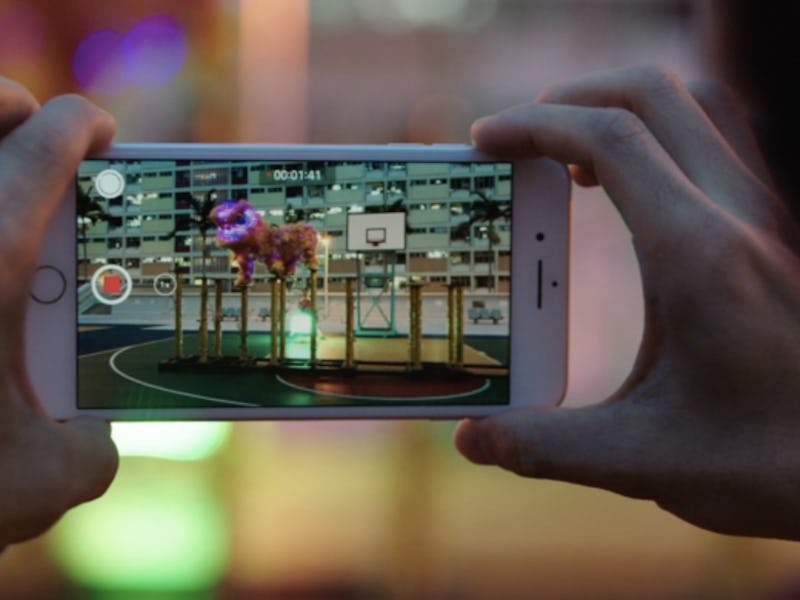While Apple may consider itself “courageous” for forcing consumers to buy $159 new air pods, “game-changing” might be a better description for the iPhone 7’s camera, which keynote speaker Phil Schiller called the “best camera on any iPhone.”
“This truly is a supercomputer for photos,” Schiller said at Apple’s “Special Event” on Wednesday at the Bill Graham Civic Auditorium in San Francisco. “This is really really big in terms of image quality. But behind it all is the brains of the camera, the image signal processor,” he said.
“The first thing it does is read the scene and uses to machine learning to look for objects and people and bodies within it,” Schiller said. From there, it sets exposure, focus, wide color, tone mapping, noise reduction, and combines multiple images.
“This happens every time you take a picture,” he said.
Every time the iPhone 7 takes a picture, the camera’s ISP performs a hundred billion operations in a matter of 25 milliseconds, Schiller told reporters at the event. This is 60 percent faster than the iPhone 6, making it more than just a small update on the technology.
“For the first time, it has full cinematic color… and can take multiple photos and fuse them into one to take the perfect image.”
Another one of these “billion” functions includes a flicker feature “which reads the flicker sensor of artificial lighting.”
Optical image stabilization at up to 3x zoom, a new six-element lens, and 1.8 aperture also contribute to the new phone’s wide-color, edge to edge imagery. With a two-tone flash, the camera now has four LEDs, meaning it “puts out 50 percent more light” and “reaches 50 percent further.”
The new smart camera boasts live color gamut images on both the front and back cameras producing cinematically rich colors — particularly greens and reds. The iPhone 7’s A10 Fusion chip will be 40 percent faster than the A9 chip iPhone 6s, allowing the camera to run more sophisticated editing software from companies like Adobe. While the iPhone is still probably no match for traditional DSLR, its new “supercomputer” ISP might finally make it a go-to tool for photographers.
The frontside camera will now feature 7mp and the pixel technology debuted with the iPhone 6, creating sharper and closer images. Apple will also expand upon its “live photo” editing software, leaving the API open to developers.
The introduction of two rear 12-megapixel cameras — one wide angle and one telephoto lens — will put Apple on par with the camera on Samsung’s Galaxy Gear 360 announced in February.
